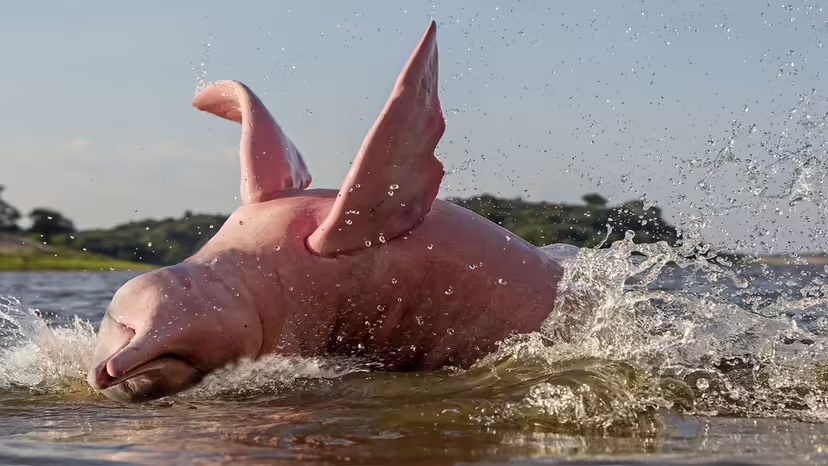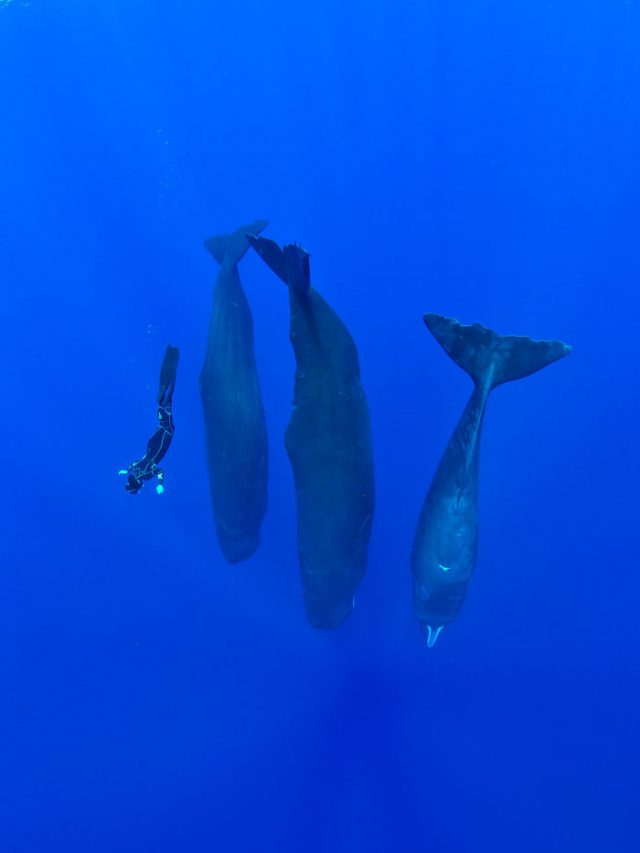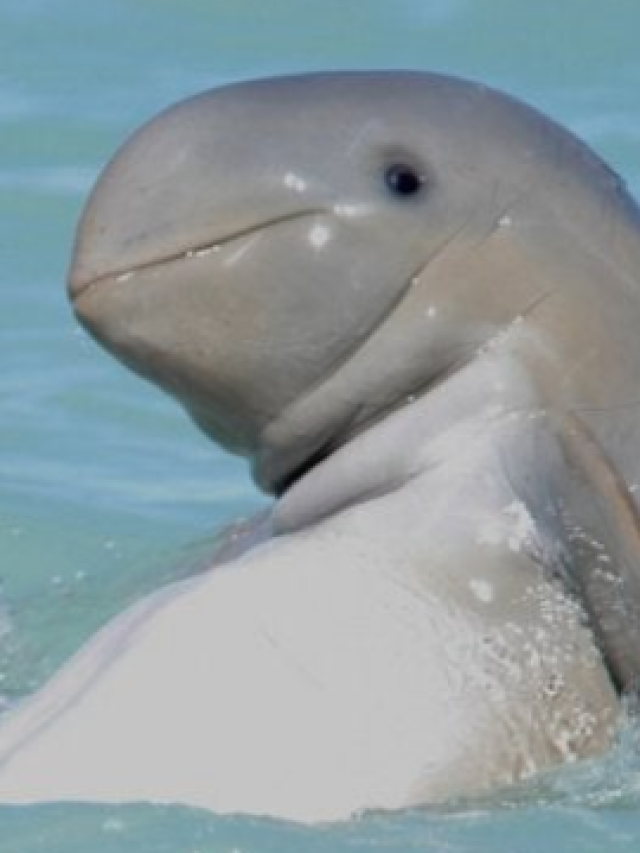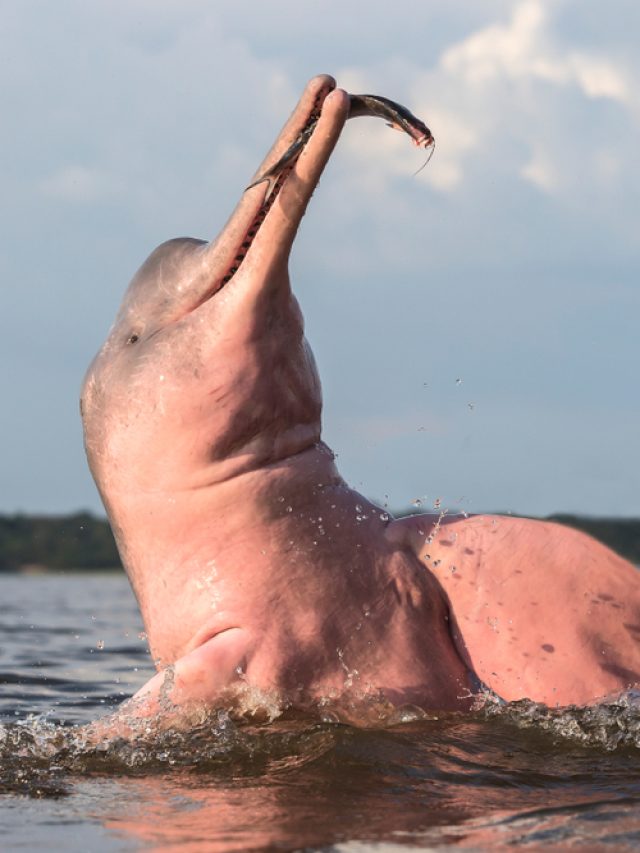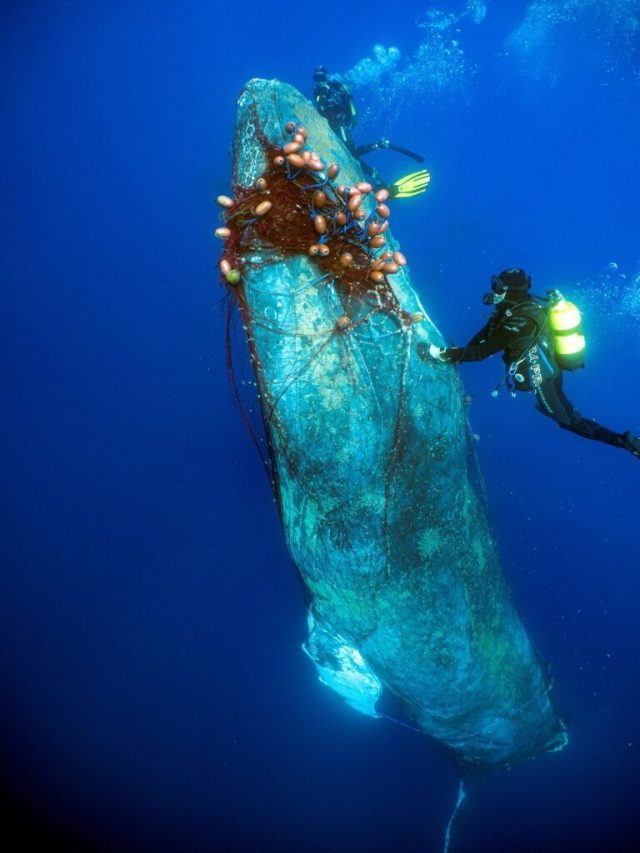Imagine boating down the Amazon River, minding your own business, looking out for giant and imposing anacondas — when the curious pink dolphin comes swimming alongside. Although this might seem like an unrealized animal, pink dolphins appear within the Amazon region.

The Amazon river dolphin (Inia geoffrensis), often referred to as boto, is a huge animal in the Genus. It is up to 8 feet (2 meters) in length and weighs approximately 450 pounds (204 kilograms) which are as heavy as three kegs full of beer! It’s not the only thing that separates this Amazon river dolphin apart. This freshwater dolphin flourishes on South American rivers and temporary lakes created by seasonal flooding and can often be stunningly pink.

Though they are born in gray, the males of the species can be recognized when they reach adulthood with a distinct pink color. Their unique coloring, which is often completely pink and occasionally flecked and gray, is believed to be due to scar tissue caused by dolphin rumbles, whether for play or the serious pursuit of a mate. The more beautiful the rose is, the more attractive males are thought to be, and the more mature males are, the more pink hue they’ll have.

There’s also the possibility that dolphins that have a salmon-colored color blend into their surroundings. When heavy rains are heavy, rivers in the Amazon rainforest take on a muddy red/pink color, and due to their pink hue, male dolphins are more adept at camouflage.
Amazon’s Pink River Dolphins make up one of five dolphin species that reside in freshwater rivers. They are close to saltwater-adapted ocean dolphins. Alongside their distinctive pink hue, Amazon’s pink river dolphins possess an additional characteristic that sets them apart from their saltwater relatives. In contrast to oceanic dolphins with an elongated dorsal fin protruding from their backs, pink river dolphins can have a hump.

The Amazonian wetland system fed through the Amazon River is a vital habitat in which pink dolphins breed and has since been given international protection status. The region is home to a staggering diversity of rare species. It is home to hundreds of bird, plant reptile, mammal, and amphibian species that have been cataloged to date.

